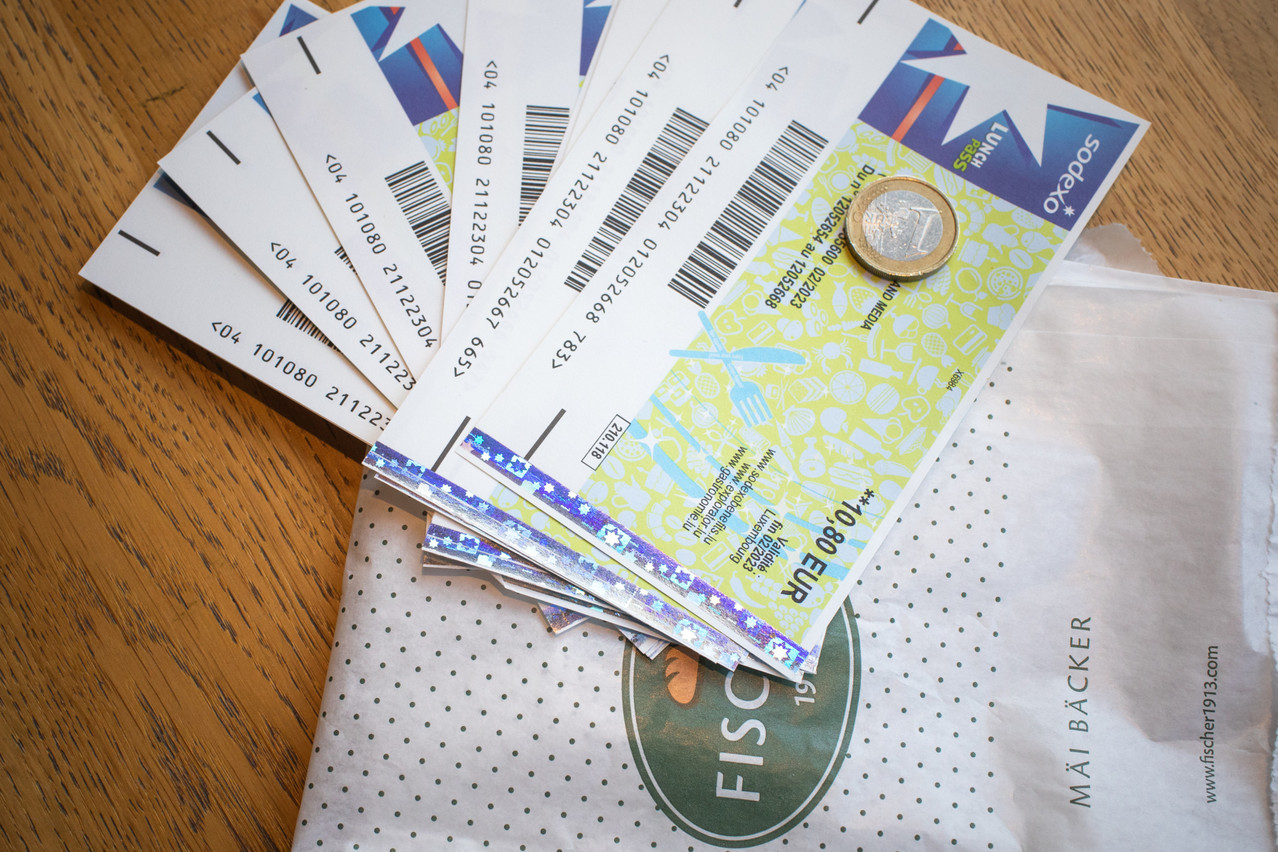Surprise, disappointment... Since the end of October, Fischer bakeries have no longer given back change to their customers who pay with meal vouchers. The company’s head office confirmed this new practice, but its CEO was not available and the company declined to provide another spokesperson. The same policy has been in use, sometimes for much longer, at many restaurants. However, the ‘no change’ rule has been less common in bakeries selling sandwiches, which are cheaper than €10.80, the maximum limit for meal vouchers.
“ does not specify whether the shopkeeper must return the money,” according to Vialux, the vouchers issuers association. But “it is customary that they cannot be exchanged for cash in order to preserve their meal purpose.”
The meal voucher is not intended for the customer to cash in, but to eat.
“The meal voucher is not for the customer to cash in, but to eat. ,” said , CEO of the Horesca hospitality sector federation. He believes that Fischer’s dissatisfied customers can “buy a sandwich and a loaf of bread and they will get their money’s worth.”
Full refunds or refunds above a certain threshold
Each store has its own policy. There are clear differences.
Some bakeries give change if there is a minimum purchase amount. For example, you have to spend “at least half” of your voucher at Namur on avenue de la Liberté. The same applies at Oberweis. But La Table du Pain refunds without limit. At Paul in the central train station, you get your change after buying pastries for at least €3. Cocottes gives change for purchases of at least €8 on a €10.80 meal voucher.
Read also
Kaempff-Kohler was forced to set a threshold two months . “There was abuse from customers who paid for a croissant with a meal voucher to get €9 back,” explained , the manager. “In town and Niederanven, we did not have this problem.”
The return of change is now conditional on a purchase of at least 50% of the value of the cheque. “We have a fee,” he explained. “Sodexo gives us back €10.80 less 2.8%. We quickly lose the margin on the croissant by giving back cash.”
Part of the business model of meal voucher providers--the market is split mainly between Sodexo, which claims 55,000 enrollees in the grand duchy and Edenred, which has 23,250--is in fact based on the commission they take when they reimburse restaurant owners for the meal vouchers received by their customers. This is not always disclosed, but ranges from 2.5 to 4%, depending on the restaurant owners interviewed. The other source of income for suppliers is of course the sale of these meal vouchers to companies who distribute them to their employees.
In Luxembourg, or had access to a canteen or free meals, according to Statec data from 2019. However, this does not include cross-border commuters, which makes it difficult to estimate the number of tickets distributed. Vialux does not have this data.
Different practices in restaurants too
Not returning change for a meal voucher payment seems to be less rare in restaurants, where it is also easier to reach the face value of the voucher.
At Phenicia in the capital, for example. “If I accept two vouchers at €10.80 and return €5, I pay a commission of 2.5% on the €5 too,” said its manager, Kefah Bader Aldin. “At the end of the year, we can make a ‘loss’ of €3,000-€5,000.”
“We lose money on every voucher we collect, whether we give change or not," says , CEO of Steffen. A 2.5% commission on a €10.80 meal voucher corresponds to 27 cents to be paid to the supplier, whether they give back €1 or €9.
In its restaurants and takeaways, Steffen therefore accepts meal vouchers “from a purchase of at least half the value” in order to be able to give change. The aim is to “remain competitive and flexible.”
In addition, restaurateurs have to . Sodexo says that it takes five working days for the standard service and 48 hours for the express service.
“We collect the vouchers several times a week,” stated Steffen.
A bill that is still pending
How many restaurants provide change for meal vouchers? Horesca cannot say. The spread of digital vouchers could make it possible to avoid the question. When questioned, Vialux--whose president is the head of Sodexo BRS Luxembourg--did not have any figures on this subject either.
There are other issues surrounding meal vouchers. For example, non-food items can be bought in supermarkets with them, and even petrol can be filled up at certain petrol stations. The law also provides for the use of a single ticket per day, i.e., a maximum expenditure of €10.80. Though in practice, many establishments accept multiple tickets. So what is the maximum limit authorised with a digital card?
A modernisation of the law, which should answer these questions in particular, was expected for 2022 and announced in . It is “still being drafted within the finance administration,” said Vialux. The Chamber of Deputies confirmed that it has not received any draft legislation on the subject. When asked, the ministry of finance said that “it is planned to finalise the work in the coming months.”
This story was first published in French on . It has been translated and edited for Delano.

